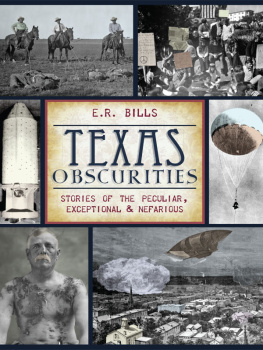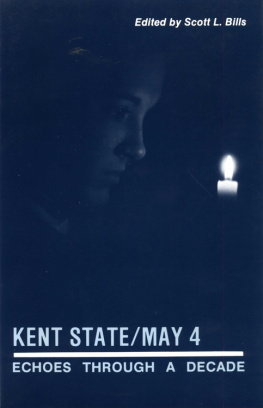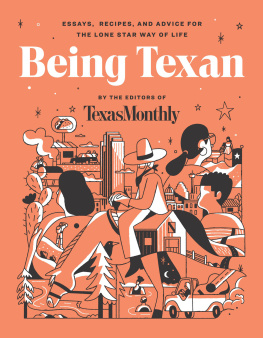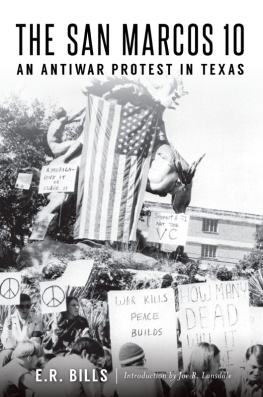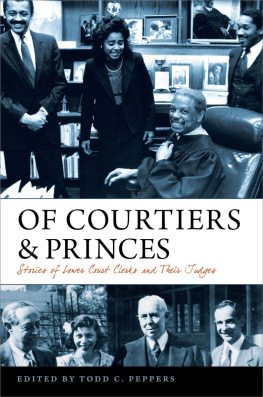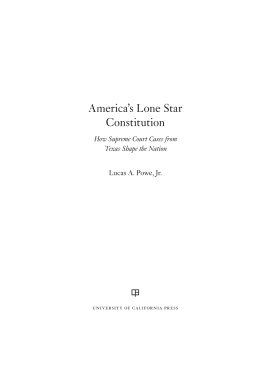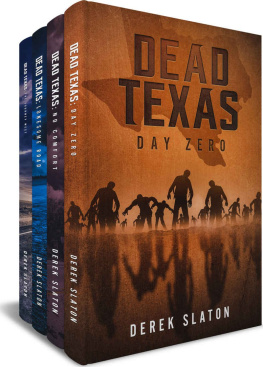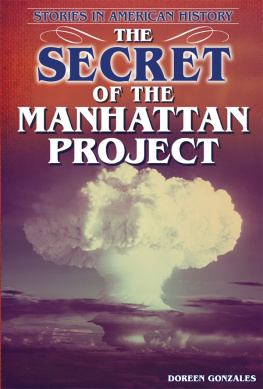

Published by The History Press
Charleston, SC 29403
www.historypress.net
Copyright 2013 by E.R. Bills
All rights reserved
Front cover, top right: Antiwar protestors gathered at the base of the Huntington mustangs statue at Texas State University on November 13, 1969. Courtesy of University Archives, Texas State University; middle right: A Japanese balloon bomb airborne. Courtesy of the National Museum of the United States Air Force; bottom right: The New Dynamite Balloon. Harpers Weekly, May 23, 1885.
First published 2013
e-book edition 2013
ISBN 978.1.62584.765.2
Library of Congress CIP data applied for.
print edition ISBN 978.1.62619.281.2
Notice: The information in this book is true and complete to the best of our knowledge. It is offered without guarantee on the part of the author or The History Press. The author and The History Press disclaim all liability in connection with the use of this book.
All rights reserved. No part of this book may be reproduced or transmitted in any form whatsoever without prior written permission from the publisher except in the case of brief quotations embodied in critical articles and reviews.
For Stacie and my parents
CONTENTS
INTRODUCTION
There are a million roads in Texas, some paved, some gravel and some dirt. Its difficult to imagine anyone traveling them all in a single lifetime; but its not hard to envision someone having a working knowledge of most of the roads that connect us to our history, whether it be peculiar, exceptional or nefarious.
This volume is devoted to a number of interesting, compelling and provocative occurrences that transpired on roads now largely forgotten or frequently missed.
SUPREME RESPITE

In 1924, Texas governor Pat Neff had a problem. A case involving fraternal insurance co-op Woodmen of the World reached the Texas Supreme Court, and all three sitting justices were Woodmen. At that time, almost every lawyer and public official in the state was a Woodmen member and a proportionate owner of Woodmen assets and subsequently faced an obvious conflict of interest in the proceedings.
The case, Johnson v. Darr, involved two parcels of land valued at $10,000. The tracts were said to have been entrusted to a Woodmen of the World chapter in El Paso by secret verbal agreement. The entrusting party, however, allegedly owed an outstanding debt to the White Mountain Cattle Company. When White Mountain Cattle Company trustees obtained a judgment against the Woodmen of the Worlds entrusting party for recompense, the Woodmen sued for recovery. In district court, the judiciary seemed to throw their hands up in the air, awarding one parcel to White Mountain Cattle Company and one to the Woodmen. The appellate court later ruled in favor of the Woodmen, awarding them both parcels. Trustees for the White Mountain Cattle Company appealed and were granted a Texas Supreme Court hearing.
On March 8, 1924, Texas Supreme Court justice Calvin Maples Cureton informed Neff that he and the Texas Supreme Courts associate justices, William Pierson and Thomas Benton Greenwood, were Woodmen and would have to recuse themselves from the proceedings.
For the next ten months, Neff attempted to temporarily replace Cureton, Pierson and Greenwood with qualified male attorneys or judges, but he was unable to find a male candidate outside the Woodmens scope and reach. In the end, the fraternal co-ops own charter gave Neff an out. The Woodmen of the World expressly forbid the membership of women.
Neff was the first Texas governor to appoint women to the boards of regents of the University of Texas, Texas A&M University and various state teachers colleges. He was also the first governor to appoint a woman as his chief of staff. There was some question as to whether appointing women to the Texas Supreme Court would even be legal, but when Neff consulted H.L. Clamp, deputy of the Texas Supreme Court from 1902 to 1953, he received a firm probably contingent on the candidates in question meeting the basic tribunal requirements of being at least thirty years of age and having practiced law in Texas for a minimum of seven years.
The appointment of one female justice, much less an entire bench of female justices, would be controversial, but on New Years Day 1925, the Woodmens incredible purview forced Neff to make history. He created Americas first all-female Supreme Court.
The three women chosen to head the special tribunal were Nellie Gray Robertson of Granbury, the county attorney of Hood County; Hortense Sparks Ward, a Houston attorney; and Edith E. Wilmans of Dallas, a former member of the Thirty-eighth Texas Legislature. Robertson was named chief justice, and Ward and Wilmans were designated associate justices.
Unfortunately, however, Neffs nominations were not properly vetted. On January 5, Wilmans announced her resignation because she was two months short of meeting the tribunals seven-year law practice requirement. Wilmanss resignation was followed by Robertsons; Robertson had practiced law one month less than Wilmans.
The day before Johnson v. Darr was slated to convene, Neff appointed Dallas attorney Hattie Leah Henenberg to replace Wilmans and Galveston attorney Ruth Virginia Brazzil to replace Robertson. Ward, by process of attrition, became the tribunals chief justice.
Chief Justice Ward was already a giant of womens rights in Texas. In 1910, she became the first woman to pass the state bar exam. In 1918, she was the first woman to register to vote in Harris County. Ward was a major player in securing married womens property rights, a leader in the Texas suffragist movement and also later the first Texas woman to gain admittance to practice before the U.S. Supreme Court.

Texass 1925 all-female Supreme Court was composed of (left to right) Associate Justice Hattie Henenberg. Chief Justice Hortense Ward and Associate Justice Ruth Brazzil. Courtesy of Texas State Library & Archives Commission.
Associate Justice Henenberg passed the Texas bar exam in 1916. She worked as a Dallas attorney and was a member of various womens civic and business clubs in the community. And with the assistance of the Dallas Bar Association, Henenberg had also established the Free Legal Aid Bureau for the poor in Dallas because, as she told Hollands Magazine later in March 1925, from birth to death, the poor man is the prey of petty swindlers.
Associate Justice Brazzil passed the state bar in 1912, and her legal career was varied. She practiced mostly in real estate but also worked for a state legislator.
Neffs special Texas Supreme Court met for the first time on January 8 and was heralded as the first Supreme Court of Women by the New York Times. The court oath, which at the time included a passage requiring petitioners to foreswear that they had never participated in a duel, elicited smiles throughout the courtroom. Recused Supreme Court justice Cureton administered the oath, accompanied by his fellow recused associate justices, and the appeal of the White Mountain Cattle Company trustees was scheduled for late January.
Next page
